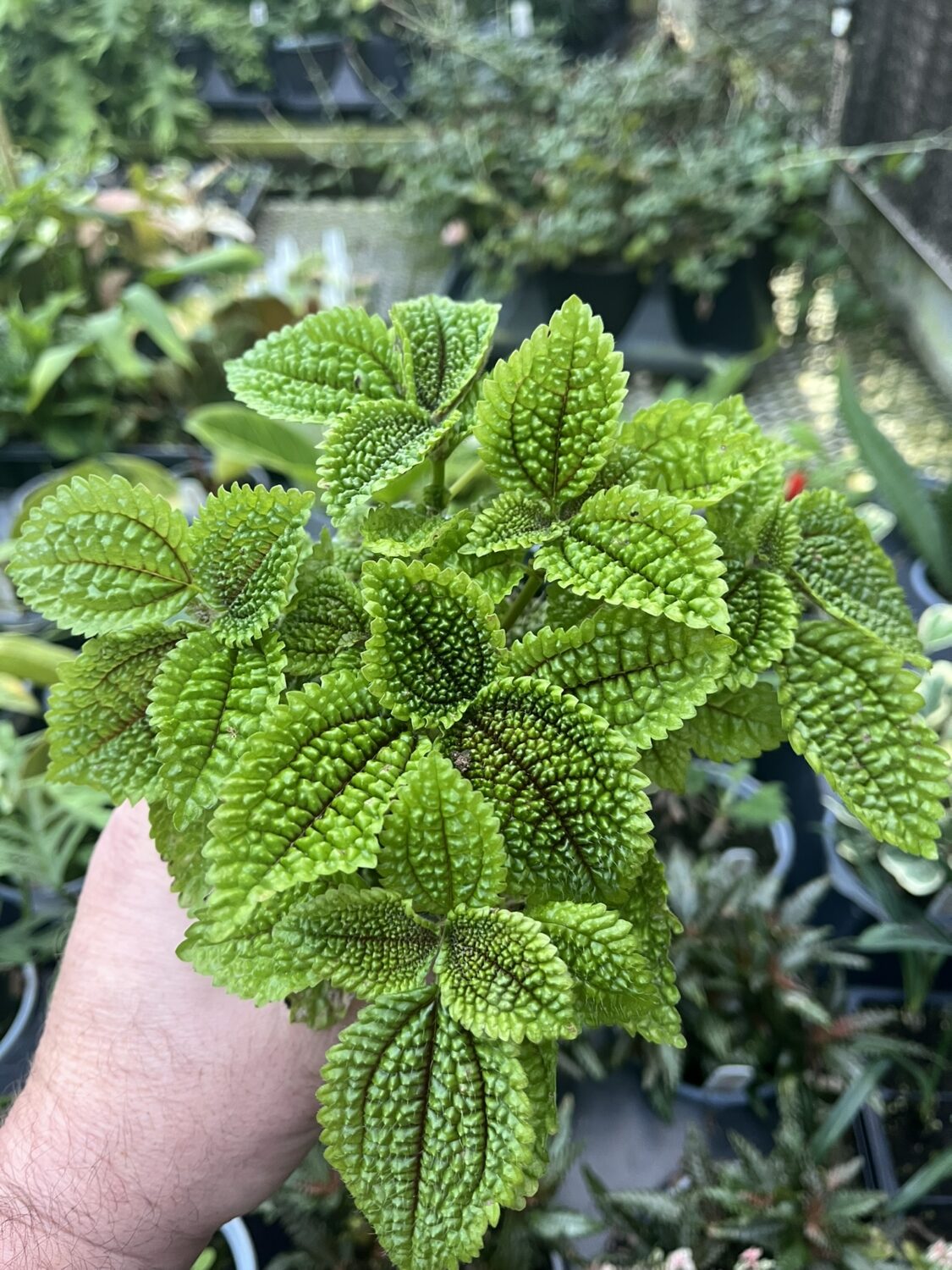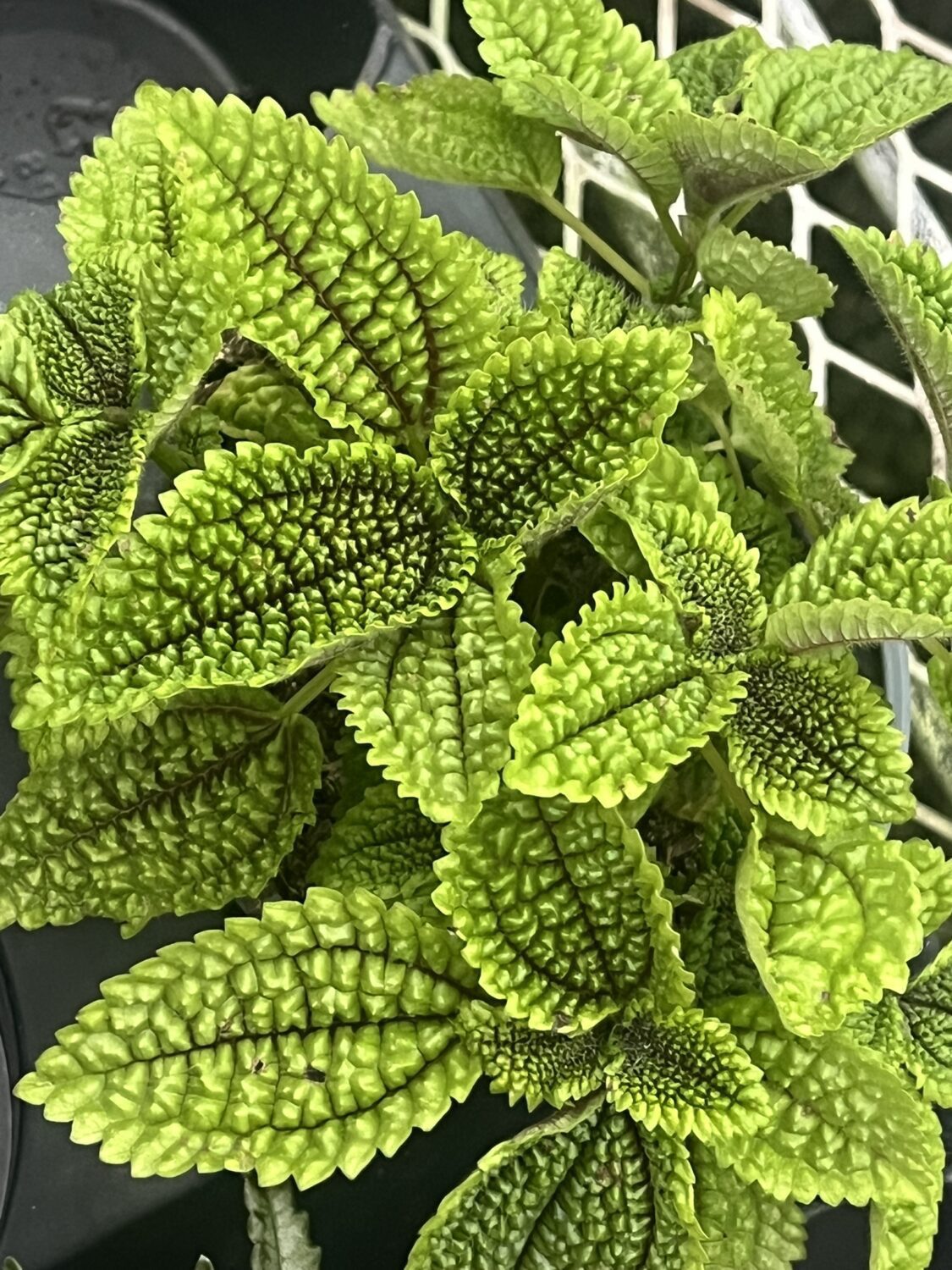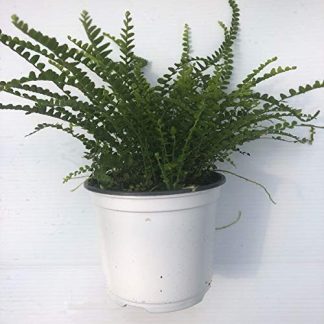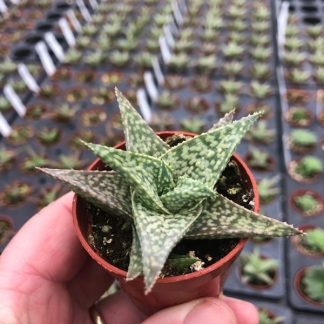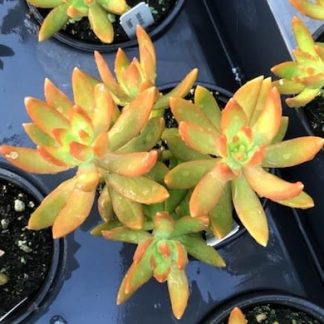Description
Pilea mollis ‘Moon Valley’: A Textured Gem for Your Indoor Garden
Pilea mollis, better known as Moon Valley Pilea or Friendship Plant, is one of those houseplants that instantly draws you in. Its leaves are unlike anything else—deeply crinkled, rich green, and lined with bright chartreuse edges. The bold texture is said to mimic the rugged surface of the moon, which is how this plant got its whimsical name.
Native to Central and South America, Moon Valley Pilea grows as a compact, bushy plant that adds vibrant color and interest to any space. It’s ideal for tabletops, terrariums, or even mixed planters. Beyond its beauty, it’s also easy to care for and fast-growing, making it perfect for beginners and experienced plant lovers alike. And since it symbolizes friendship and goodwill, it’s also a thoughtful gift to share.
In this guide, we’ll explore everything you need to know to grow and care for Pilea mollis ‘Moon Valley’ so it can thrive year-round.
Why Moon Valley Pilea Is So Loved
Moon Valley isn’t just about looks—it’s a plant with personality. The bumpy leaves feel almost quilted, and their color shifts with the light. Place it where sunlight filters gently across its surface, and the bright chartreuse edges seem to glow.
This plant stays compact, usually under a foot tall, so it fits nicely on shelves, desks, or small plant stands. It also grows fast and responds well to pruning, which makes it easy to shape and share with friends through cuttings.
Propagation: Sharing the Friendship
One of the joys of Moon Valley Pilea is how simple it is to propagate. All you need are healthy stem cuttings, and you can multiply your collection or gift new plants to others.
How to Propagate
-
Choose a healthy stem at least 3–4 inches long with one or two leaf nodes.
-
Use clean scissors or pruning shears to make the cut.
-
Remove the lower leaves to expose the nodes.
-
Place the cutting in water or directly into moist, well-draining soil.
-
If using water, refresh it every few days. Roots usually appear within 1–2 weeks.
-
-
Once roots are 1–2 inches long, plant the cutting in fresh soil if it started in water.
Propagation is quick, and young plants settle in easily when given the right care.
Light: Bright but Gentle
Light is key to keeping those colors vibrant. Moon Valley Pilea thrives in bright, indirect light—enough to fuel growth without scorching its delicate leaves.
-
Indoors: East- or north-facing windows are perfect. South or west windows can work if you filter the light with sheer curtains.
-
Outdoors: Keep it in shade or dappled light. Direct sun can burn and fade the leaves.
While it can tolerate lower light, the plant may grow slower and lose some of its bold coloring.
Soil: Rich Yet Well-Draining
The right soil helps prevent root problems and keeps moisture balanced. Moon Valley likes soil that’s rich, airy, and quick-draining.
Recommended Mix
-
2 parts quality potting soil
-
1 part perlite or coarse sand
-
1 part peat moss or coconut coir
This blend holds moisture without becoming soggy, which is perfect for its tropical roots.
Watering: Keep It Even
Pilea mollis loves moisture but hates sitting in water. The key is consistency.
-
Check the top inch of soil—if it feels dry, it’s time to water.
-
During spring and summer, water more often to support active growth.
-
In fall and winter, cut back as growth slows.
-
Always use pots with drainage holes to prevent soggy roots.
Watch the leaves for clues: Wilting means it’s thirsty; yellowing often means too much water.
Temperature and Humidity: Tropical Comfort
Moon Valley Pilea thrives in warm, humid conditions but adapts to average indoor settings.
-
Temperature: Aim for 65–80°F (18–27°C). Avoid letting it drop below 50°F (10°C).
-
Humidity: Higher humidity (above 50%) keeps it happiest. Misting, a pebble tray, or a small humidifier can help, especially in dry winters.
Keep it away from cold drafts and heating or cooling vents, which can stress the plant.
Feeding: Boost for Bold Growth
A little fertilizer goes a long way toward keeping Moon Valley lush and vibrant.
-
Use a balanced, water-soluble fertilizer at half-strength.
-
Feed every 4–6 weeks in spring and summer.
-
Skip feeding during fall and winter.
Flush the soil with plain water now and then to prevent salt buildup from fertilizers.
Pruning: Shape and Refresh
Pruning keeps Moon Valley neat and encourages bushier growth.
-
Trim leggy stems with clean scissors.
-
Pinch back growing tips regularly to promote branching.
-
Remove yellow or damaged leaves to keep it looking fresh.
Bonus: The trimmings you prune can become new plants through propagation.
Pest and Disease Watch
Moon Valley is generally trouble-free but can attract common houseplant pests.
-
Watch for: Spider mites, mealybugs, and aphids.
-
Treatment: Wipe leaves with a damp cloth, spray with mild soapy water, or use neem oil for stubborn infestations.
To prevent problems:
-
Avoid overwatering to keep root rot at bay.
-
Ensure good air circulation to discourage mold or mildew.
Repotting: Room to Grow
Repotting every 1–2 years refreshes the soil and gives roots more space.
When to Repot
-
Roots are circling the pot or poking out the drainage holes.
-
Soil dries out too quickly or looks compacted.
How to Repot
-
Gently remove the plant from its pot and loosen the root ball.
-
Trim any damaged or rotted roots.
-
Place it in a pot 1–2 inches larger with fresh soil.
-
Water lightly and keep it in bright, indirect light while it settles.
Extra Tips for Thriving Plants
-
Rotate regularly so all sides get even light and growth stays balanced.
-
Dust leaves gently with a damp cloth to keep them clean and healthy.
-
Bring it indoors in winter if you grow it outside—Moon Valley is not frost-hardy.
With these habits, your plant will stay vibrant and full of life.
Why You’ll Fall in Love With Moon Valley
Moon Valley Pilea is a plant that brings joy in small but powerful ways. Its crinkled leaves invite you to look closer. Its bold green and chartreuse hues brighten even the grayest days. And its forgiving nature makes it perfect for beginners while still captivating seasoned plant collectors.
Grow it for yourself, gift it to a friend, or use it to start your own little propagation tradition. No matter how you enjoy it, this plant is a reminder that nature’s artistry is often found in the smallest details.
A Textured Treasure Worth Keeping
Adding Pilea mollis ‘Moon Valley’ to your indoor garden means adding a plant with personality, resilience, and charm. It thrives with basic care, rewards you with bold foliage, and encourages you to share its beauty with others. If you’ve been looking for a plant that feels both unique and approachable, Moon Valley might just be your perfect match.

